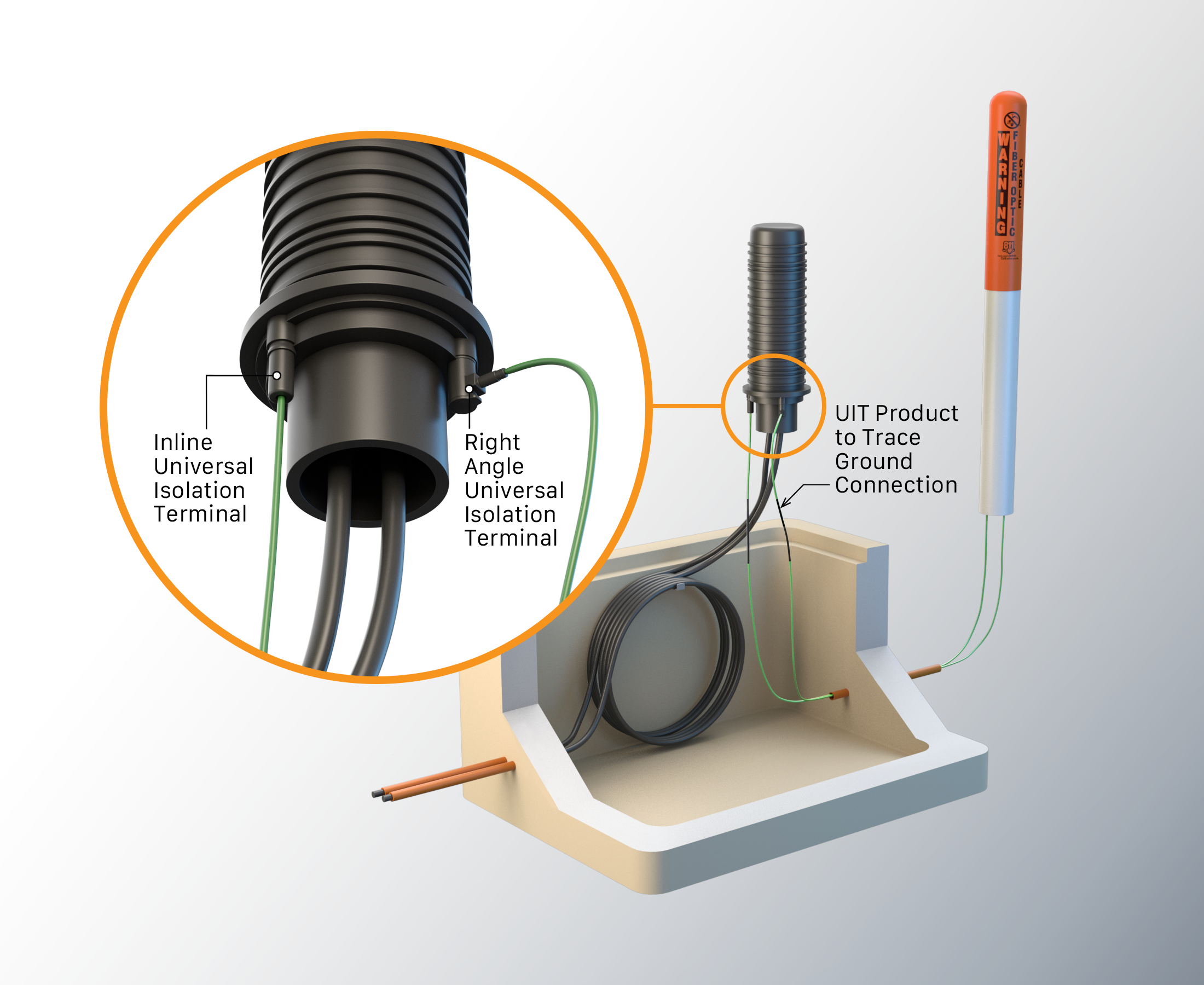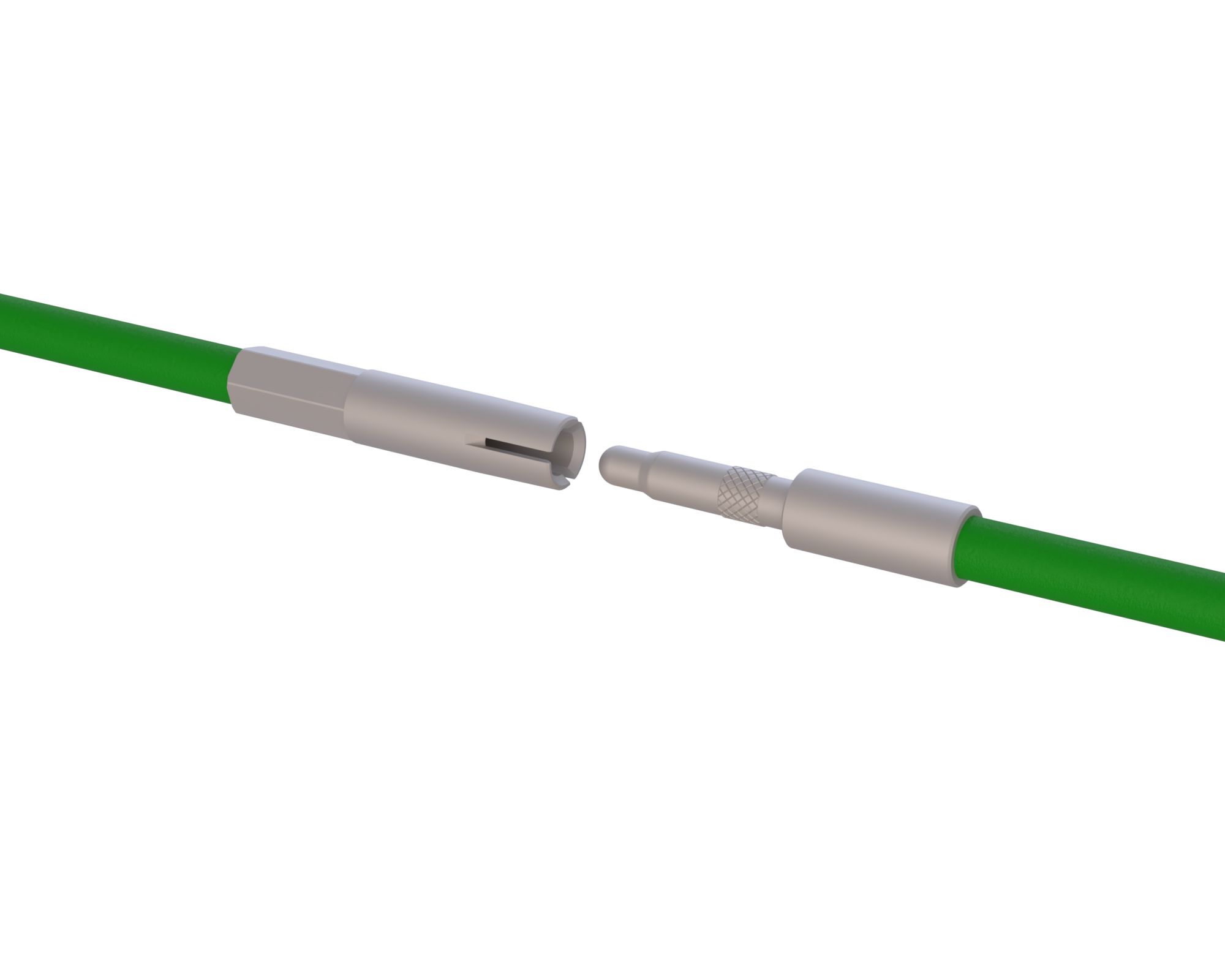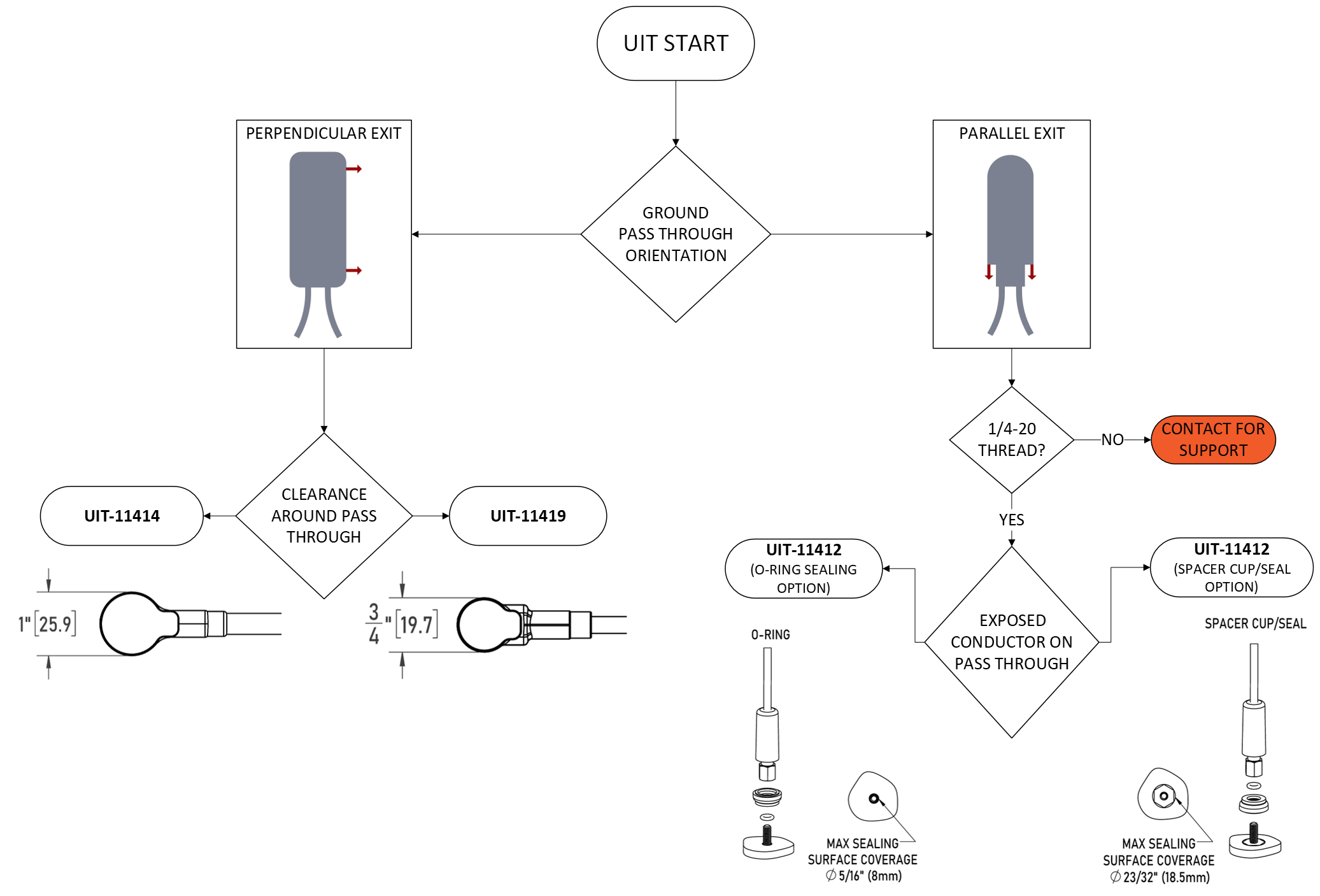Locating Fiber Cable

Problems Locating Your Fiber Cables?
For cable locating to function effectively, a complete circuit must be established. The more robust the locate circuit and procedure is, the better the locating equipment will perform. However, water, dirt, and debris can create false grounding paths better known as ground faults, potentially interfering with the accuracy in locating your infrastructure and cable assets.
Solution: Universal Isolation Terminal
The Universal Isolation Terminal (UIT) was designed to provide an insulated, watertight connection to the external grounding lug on a variety of splice enclosures. This feature is essential for cable locating applications, especially in challenging environments.
When a splice enclosure is left at the bottom of a manhole or cable vault, water—or a mixture of water and mud—often accumulates. In such cases, cable locating personnel must enter the vault and retrieve the splice enclosure from the water or mud to ensure the locating signal continues along the cable instead of shorting out within the vault ensuring a poor locate.
This issue becomes even more critical during natural disasters such as flooding, hurricanes, or heavy rain, which increase the likelihood of vaults or manholes filling with water and debris. If the grounding lugs are compromised by moisture, they may short out, severely hampering cable locating efforts—especially when time is of the essence.
Excessive Ground Cable During Installation?
Typical splice enclosure installations require 60′, or more, of fiber being placed at each splice point. The service loop is used so splice technicians can move splice enclosures into splice trailers or vans. As a result, the #6 AWG grounding cables must also be extended to match the length of each cable, leading to increased installation costs.
Solution: Quick Disconnect
The Quick Disconnect was designed to reduce the amount of #6 copper wire required for properly locating each fiber optic cable spliced in a vault or manhole. Traditionally, a continuous run of #6 copper locate wire was needed from the locate terminal the full length of the fiber service loop to the ground locating lug on the splice enclosure for each cable. When using the Quick Disconnect you can reduce as much as 95% of the #6 locate wire used at each splice point.
By using RDC Products Quick Disconnect, users can significantly reduce the length of #6 copper wire needed. Instead of running the wire the full length of each  fiber cable from the splice enclosure to the locate terminal post, only a short length is needed—from the locate terminal post into the vault or manhole—just enough to allow the splice enclosure to be lifted and disconnected. Once the wire is disconnected, the splice enclosure and fiber cable can be freely moved to a work area, such as a splicing trailer or van, without requiring 60 or more feet of #6 copper wire for each fiber cable. This results in substantial material savings at every splice point.
fiber cable from the splice enclosure to the locate terminal post, only a short length is needed—from the locate terminal post into the vault or manhole—just enough to allow the splice enclosure to be lifted and disconnected. Once the wire is disconnected, the splice enclosure and fiber cable can be freely moved to a work area, such as a splicing trailer or van, without requiring 60 or more feet of #6 copper wire for each fiber cable. This results in substantial material savings at every splice point.
How to Choose your UIT
Use the decision tree below to help determine the best UIT for your application.

